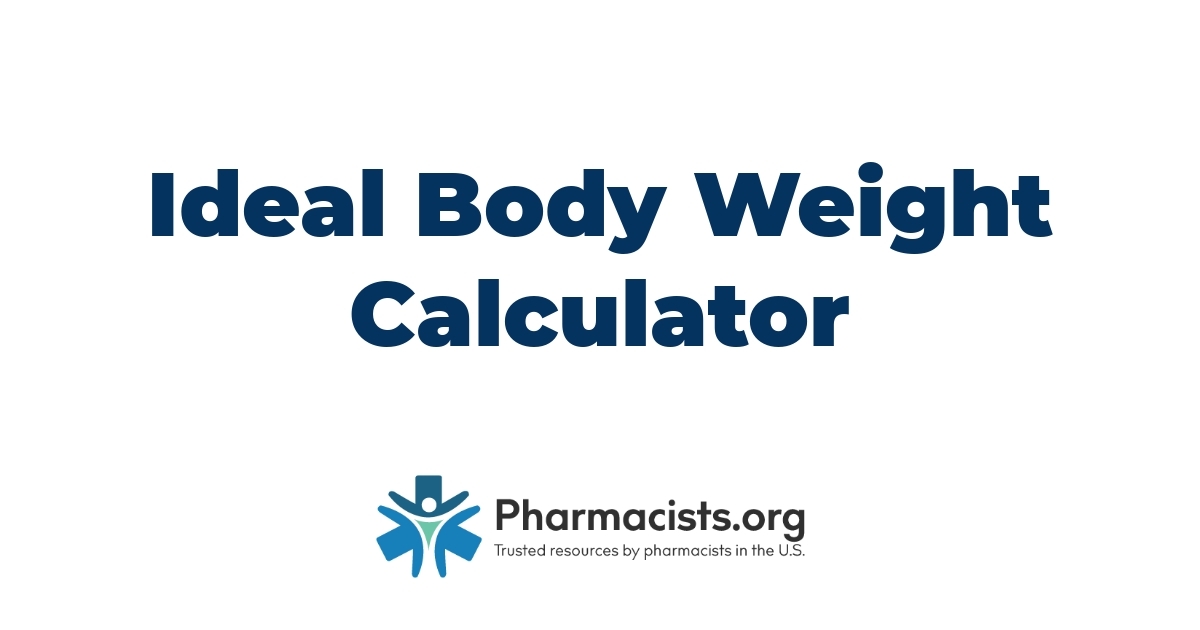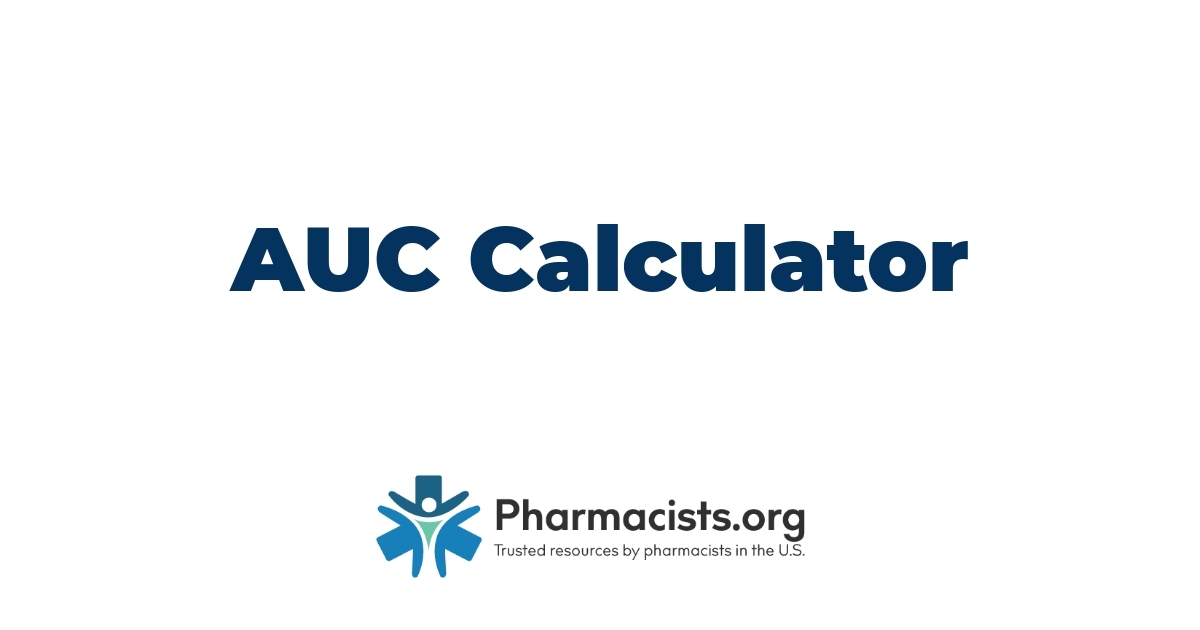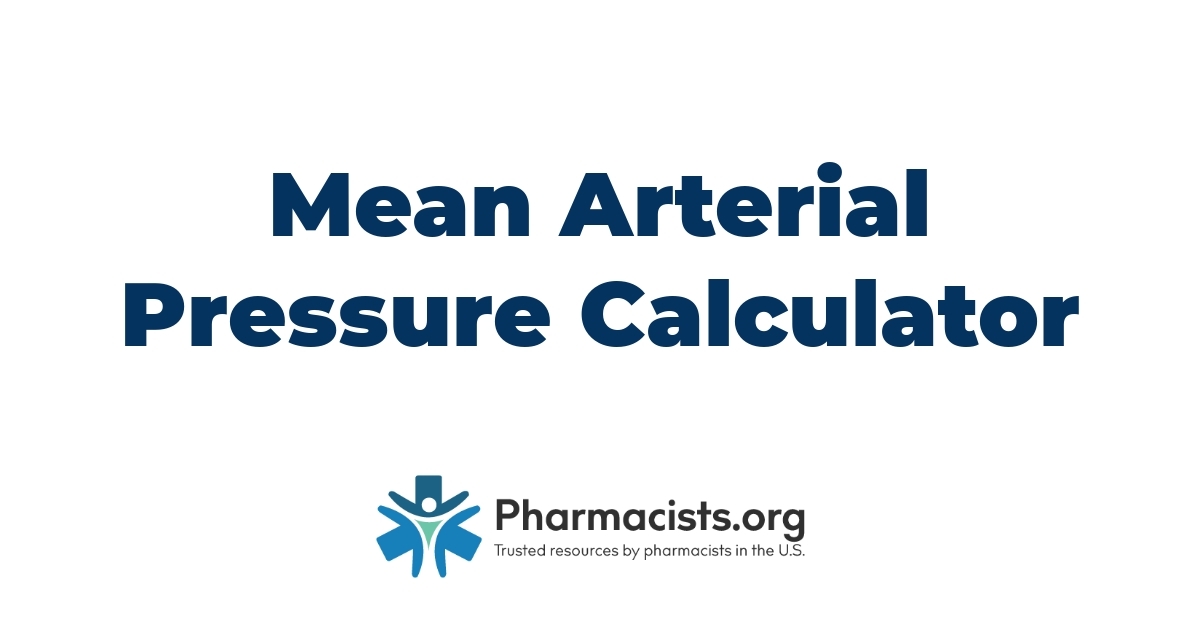Understanding the Concept of Ideal Body Weight
The Importance of a Healthy Weight Range
A healthy weight range isn’t just a set of numbers; it’s indicative of a lifestyle that promotes wellness and reduces the risk of chronic conditions such as heart disease, diabetes, and hypertension. Our understanding is grounded in the fact that a healthy weight varies from one individual to another, influenced by factors including age, gender, muscle-fat ratio, and height. It’s our responsibility to emphasize to our patients that maintaining a weight within their healthy range can significantly impact their overall health and longevity.
The ideal body weight calculator serves as a tool in identifying this range, offering personalized insights that are crucial in developing a health plan that is sustainable and effective. It simplifies the complex process of understanding weight management for both pharmacy staff and customers, ensuring the advice we provide is not only evidence-based but also tailored to each person’s unique needs.
Different Formulas and Approaches
Diving deeper into the mechanics of how ideal body weight is calculated, there are several formulas and approaches, each with its own merits. The most commonly referenced formulas include the Body Mass Index (BMI), the Hamwi method, the Devine formula, and the Robinson formula. Each employs different parameters to estimate a healthy weight, considering factors like height, gender, and body frame size.
- The Body Mass Index (BMI): This approach calculates an individual’s weight in relation to their height, offering a quick screening tool to categorize weight status.
- The Hamwi Method: Tailored more specifically, this method provides separate calculations for men and women, taking height into consideration to determine the ideal body weight.
- The Devine Formula: Originally developed to calculate medication dosages, this formula also differentiates between genders for more personalized results.
- The Robinson Formula: Similar to the Devine, but with updated figures that some believe offer a more accurate assessment based on modern standards.
It’s critical for us to understand the nuances of each formula, recognizing their strengths and limitations. This knowledge allows us to guide our customers through the process of selecting the most appropriate method for calculating their ideal body weight, ensuring the advice we offer aligns with the latest scientific insights and health standards.
The Evolution of Ideal Body Weight Calculators
From Simple Formulas to Sophisticated Algorithms
In the journey to understand ideal body weight, we’ve transitioned from relying on simple formulas to employing sophisticated algorithms that better account for the complexities of human health. Initially, methods like the BMI, Hamwi, Devine, and Robinson formulas provided a foundational approach. These formulas, while groundbreaking at their introduction, offer a one-size-fits-all solution that often oversimplifies individual health markers. For example, the BMI calculates body weight in relation to height, disregarding factors such as muscle mass and bone density.
As we’ve moved forward, the evolution in this space is marked by a shift towards more nuanced algorithms. These advanced technologies consider a wider range of variables, including age, gender, bone structure, and even activity levels, to offer a more personalized assessment. For instance, modern calculators might integrate data from wearable devices that track daily steps and exercise routines, offering insights that align closer with real-world behaviors and health outcomes.
The Role of Technology in Weight Management
Technology’s imprint on weight management is undeniable, significantly enhancing how we understand and approach our health journey. In the realm of ideal body weight calculators, technology has been a game-changer, not only in the algorithms themselves but also in how these tools are accessed and utilized.
Gone are the days when such calculations were confined to doctor’s offices or paper charts. Today, digital platforms and mobile applications bring these tools directly to the user’s fingertips. This accessibility encourages regular engagement and self-monitoring, which is crucial for effective weight management. Pharmacy owners can leverage this shift by integrating these digital tools into their customer service model, recommending apps or platforms that align with the health needs of their clientele.
Also, technology facilitates a broader context for weight management, allowing for the integration of diet, exercise, and lifestyle factors into a cohesive plan. Digital food diaries, online workout tutorials, and virtual health coaching are just a few examples of how technology complements the use of ideal body weight calculators. By advising customers on these resources, pharmacy professionals can play a pivotal role in guiding individuals towards healthier, more informed lifestyle choices.
Top Features of an Ideal Body Weight Calculator
Accuracy and Precision
In the realm of health and wellness, accuracy is not just paramount; it’s non-negotiable. An ideal body weight calculator distinguishes itself through its ability to deliver results with a high degree of accuracy and precision. This accuracy stems from the calculator’s algorithm, which should integrate the latest research and clinical guidelines. It must account for various factors beyond the basic metrics of height and weight, including age, gender, bone density, and muscle-fat ratio. For pharmacy professionals, recommending a calculator that bases its results on robust, scientifically validated formulas means providing customers with a reliable foundation for their weight management journey.
User-friendliness and Interface
With digital tools becoming increasingly central in health management, the user experience can significantly impact an individual’s engagement with their health journey. An ideal body weight calculator should boast a user-friendly interface that makes it easy for both pharmacy staff and their customers to navigate. Clarity in presentation, easy-to-understand results, and straightforward guidance on taking the next steps are all crucial features. For pharmacy owners, investing in or recommending calculators that prioritize a seamless interface ensures customers are more likely to integrate these tools into their everyday lives, enhancing engagement and promoting positive health outcomes.
Customizability and Inclusivity
One size seldom fits all in healthcare, reflecting the importance of customizability and inclusivity in an ideal body weight calculator. These tools must cater to a diverse customer base, considering differences in lifestyle, health conditions, and goals. A customizable approach allows users to input specific data relevant to their personal health scenario, offering tailored advice that aligns with individual objectives and constraints. Also, inclusivity means ensuring the calculator is accessible to a wide range of users, including those with disabilities. For us, recommending tools that consider the unique circumstances and needs of each customer underscores our commitment to personalized, evidence-based care.
How to Use an Ideal Body Weight Calculator Effectively
Enter Accurate Personal Information
The cornerstone of obtaining reliable results from an ideal body weight calculator lies in the input of precise personal data. These calculators typically require details such as age, gender, height, and current weight. Each factor plays a critical role in the calculator’s algorithm, influencing the accuracy of the suggested ideal weight.
- Age: Age directly affects metabolism and overall body composition, making it crucial for calculating ideal body weight.
- Gender: Due to differences in body composition and distribution of muscle and fat, gender-specific algorithms ensure tailored results.
- Height: A fundamental parameter, height serves as the basis for determining a healthy weight range.
- Current Weight: Understanding one’s starting point aids in setting realistic and healthy weight management goals.
Interpreting Results and Taking Action
Upon receiving the output from an ideal body weight calculator, interpreting the results accurately is paramount. These tools typically provide a range that represents a healthy weight for someone of your specific profile. Herein lies the opportunity to reflect on one’s current health practices and consider adjustments if necessary.
- Assessing Your Position: Determine where your current weight falls within the provided range. Being either below or above may necessitate changes in your lifestyle.
- Setting Goals: Use the information to set achievable health goals. If your weight is outside the recommended range, establishing a plan for gradual weight adjustment is advisable.
- Health Plan Development: For meaningful change, integrating diet, exercise, and possibly medication into a comprehensive plan is beneficial.
When to Consult Healthcare Professionals
Understanding the limitations of ideal body weight calculators is essential. While these tools offer valuable insights, they are not a substitute for professional healthcare advice. There are instances where seeking expert guidance becomes not just beneficial but necessary.
- Medical Conditions: Individuals with pre-existing medical conditions or unique health concerns should consult healthcare professionals to ensure their weight management plan accommodates their specific needs.
- Uncertain Results: If the results from the calculator seem incongruent with one’s health status or if there is uncertainty about the next steps, reaching out to a healthcare provider is prudent.
- Customized Plan Creation: For those looking to develop a detailed, personalized health plan, collaboration with healthcare professionals can provide the necessary foundation for success.
Comparing Popular Ideal Body Weight Calculators
Web-Based vs. Mobile Applications
Web-based and mobile applications offer distinct advantages for users seeking the most suitable IBW calculator. Web-based calculators, accessible through a browser, often provide a richer, more detailed interface. They’re tailored for users who seek in-depth information and enjoy the convenience of large-screen visibility. Their intricate design allows for the inclusion of detailed explanations and references, making them an invaluable resource for pharmacy professionals seeking to understand the nuances behind IBW calculations.
On the flip side, mobile applications shine in their convenience and accessibility. Designed for on-the-go use, they ensure that individuals have ready access to health tools anytime, anywhere. Their user-friendly interfaces are simplified for quick calculations, making them ideal for quick consultations or for individuals seeking immediate results without the need for in-depth analysis. But, the simplicity of mobile applications can sometimes mean a trade-off in terms of the depth of information provided as compared to their web-based counterparts.
Pros and Cons of Leading Calculators
Navigating the array of available IBW calculators, pharmacy professionals must consider the pros and cons of leading options to recommend the most suitable tool to their patients. One popular calculator stands out for its inclusion of the Body Mass Index (BMI) alongside the IBW, offering a comprehensive view of an individual’s health metrics. Its advantages include ease of use and the ability to cater to a broad spectrum of users, from healthcare professionals to individuals without medical backgrounds. But, its reliance on general formulas may not account for the unique physiological differences among individuals, signaling a minor drawback.
Another leading calculator focuses on adjusting IBW calculations based on frame size and gender, enhancing personalized health planning. Its strength lies in acknowledging the diversity of human body types and providing more tailored recommendations. Nonetheless, its complexity and the requirement for more detailed input might pose a challenge for users seeking quick, straightforward results.
I am a pharmacist, community pharmacy consultant, and medical writer with over 12 years of clinical practice experience in community, outpatient health system, long term care, and academic settings. I am also the founder of PharmCompliance.com, a website dedicated to the success of community pharmacy.
As a pharmacy project manager, I led the implementation of new service lines, assist with ensuring legal and third-party compliance for over 70 retail stores, lead quality improvement and medication safety initiatives, write policies, procedures, and best practices for all our retail sites, and help with optimizing revenue cycle and pharmacy profitability. I have been responsible for DMEPOS and vaccine accreditation through CMS, obtaining new licenses and permits, and implementing a prescription drug kiosk embedded in our physician offices.
As a medical writer, my work has been featured in GoodRx, Pharmacy Times, Drug Topics, Patient Care Online, and in peer-reviewed journals. I have also given presentations on a range of topics, from disease state pharmacotherapy for medical residents to updates on the CDC vaccine storage and handling guidelines for a medical-grade refrigerator and freezer manufacturer. I have written and presented continuing education for CEImpact, FreeCE, AchieveCE, Ascension Health, and the Florida Department of Health.
Owner, entrepreneur, and health enthusiast.
Chris is one of the Co-Founders of USA Rx.com. An entrepreneur at heart, Chris has been building and writing in consumer health for over 10 years.
Chris has a CFA (Chartered Financial Analyst) designation and is a proud member of the American Medical Writer’s Association (AMWA), the International Society for Medical Publication Professionals (ISMPP), the National Association of Science Writers (NASW), the Council of Science Editors, the Author’s Guild, and the Editorial Freelance Association (EFA).
Our growing team of healthcare experts work everyday to create accurate and informative health content in addition to the keeping you up to date on the latest news and research.

































